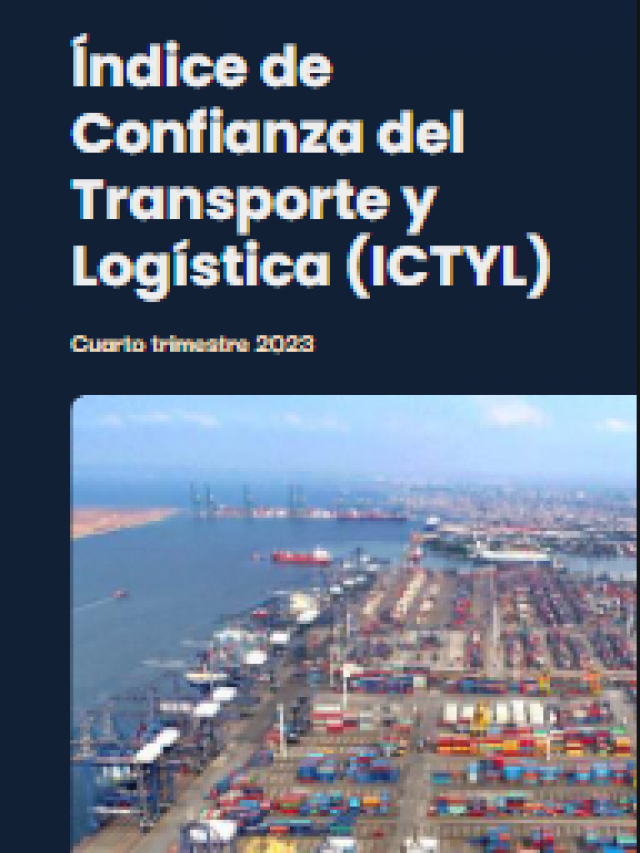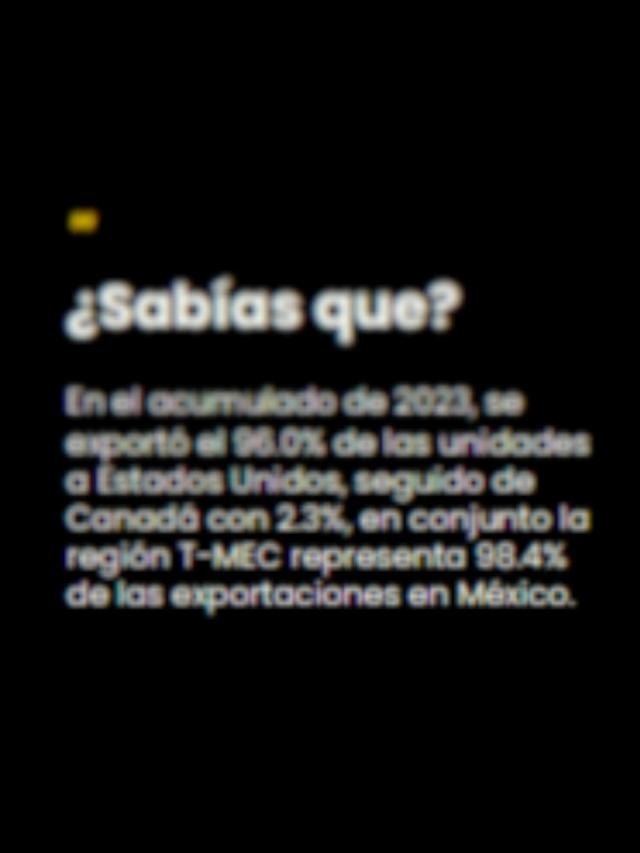
With just days to go before US President Donald Trump announces whether he will impose new tariffs on imports from Mexico , the trade relationship between the two countries appears to be in a crisis stage, like a marriage facing its most difficult test.
With migration tensions on the rise and a constant flow of goods between the two nations , the logistics and transport sector is closely following the possible changes that could define the future of this relationship.
In the style of a marriage, with ups and downs, trade between Mexico and the United States has managed to remain strong, reflected in the increase in the number of trucks that entered U.S. territory in 2024, according to data from the United States Department of Transportation (DOT) .
In total, trucks entering the United States from Mexico totaled 5.94 million in 2024, reflecting a global increase of 2.8% compared to 2023.
In its latest report, the DOT reveals that the port of Laredo, Texas , handled more than three million trucks from Mexico, an increase of 3.1% compared to the previous year (2023). This makes it the main entry point for goods in the United States, representing 50.9% of the total crossings.
Other ports also reported year-on-year growth.

In terms of trade, Mexico remains the United States’ main partner , with total trade of 839.9 billion dollars, representing 15.8% of the total trade of the neighboring country to the north. In second place is Canada with 14.3%, followed by China with 10.9%, consolidating its downward trend.

Mexico established itself as the United States’ main trading partner in 2019 , displacing China. But in 2020 and 2021, the COVID-19 crisis and changes in the global economy allowed Canada to regain its leadership, according to the United States Department of Transportation’s historical data (from 2016 to 2024) .
In 2023 , with a total trade of 797 thousand 958 million dollars, Mexico once again surpassed Canada and China. This change responds to the growth of nearshoring , among other aspects such as the Treaty between Mexico, the United States and Canada (T-MEC) that has strengthened economic ties between both countries.

Although cross-border trade with Mexico showed growth in cargo flow, the Freight Services Index (TSI) figures reflect a cooling in demand for transportation within the United States.
According to the DOT, TSI fell 1.0% in December 2024 compared to the same month in 2023. This reduction was due to a drop in road and water transportation, while the rail and intermodal segments showed increases.
Divorce in sight?
Statements from both sides of the relationship attempt to calm the storm, especially on the part of the Mexican president, who has expressed her constant desire to maintain dialogue. Mexican President Claudia Sheinbaum addressed the issue of trade relations with the United States at the morning conference on February 19, 2025, and expressed her confidence that trade relations with the United States will remain stable.
“I tend to think that there will be a good relationship between President Trump and the President of Mexico. We are neighboring countries, we are not going anywhere, we are commercial partners and we have to do our best to have a good relationship ,” Sheinbaum said.
The performance of cross-border trade and the movement of goods remains a key indicator of the economic dynamics of Mexico and its northern neighbor. As in any marriage in crisis, tension over possible tariffs and restrictions remains latent, while actors in the transport sector watch cautiously, awaiting a resolution that will define whether this relationship remains strong or enters a new period of economic turbulence.
Comment and follow us on X:@karinaquintero / @GrupoT21















